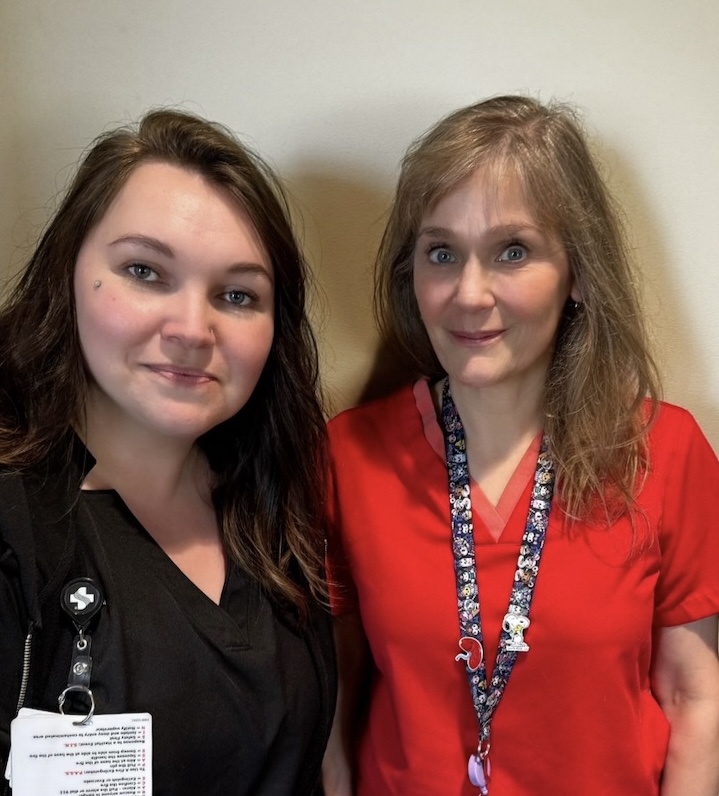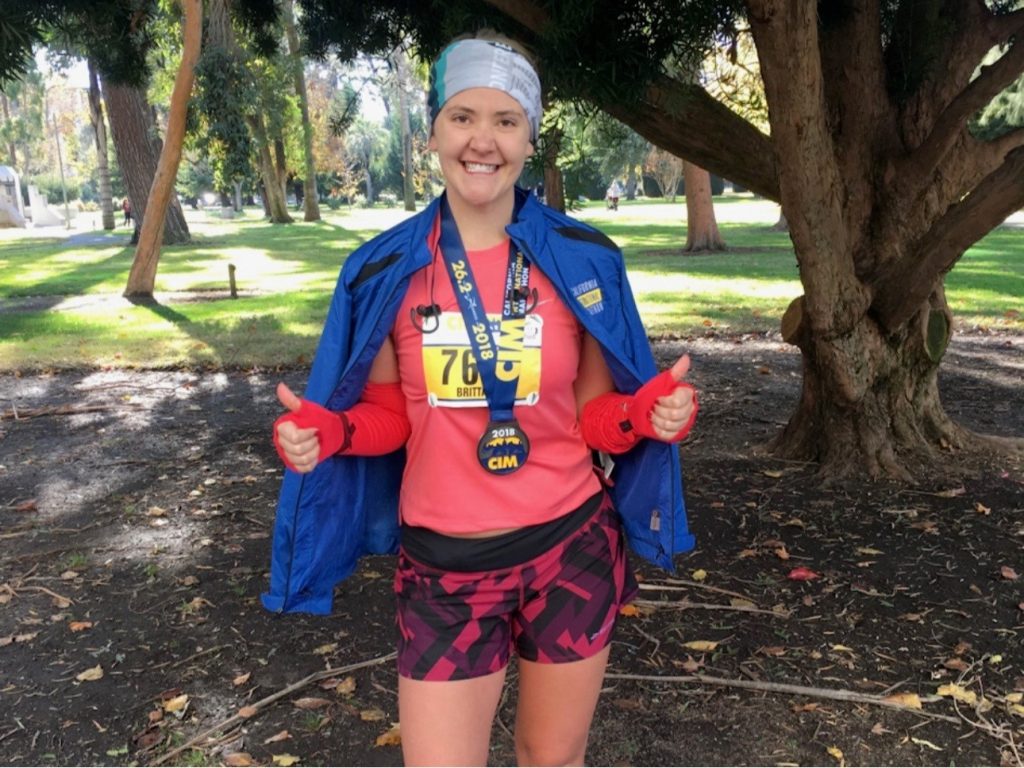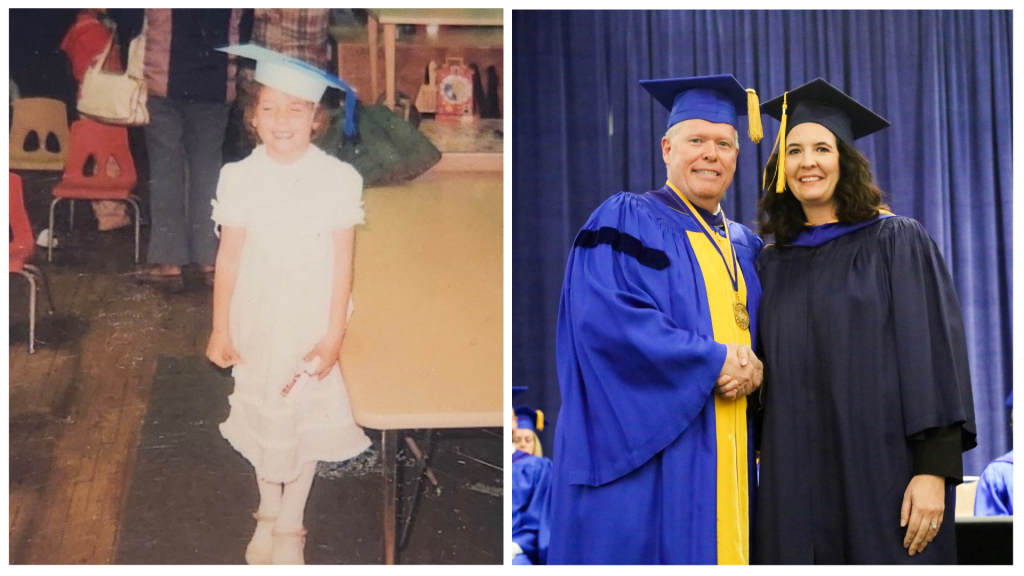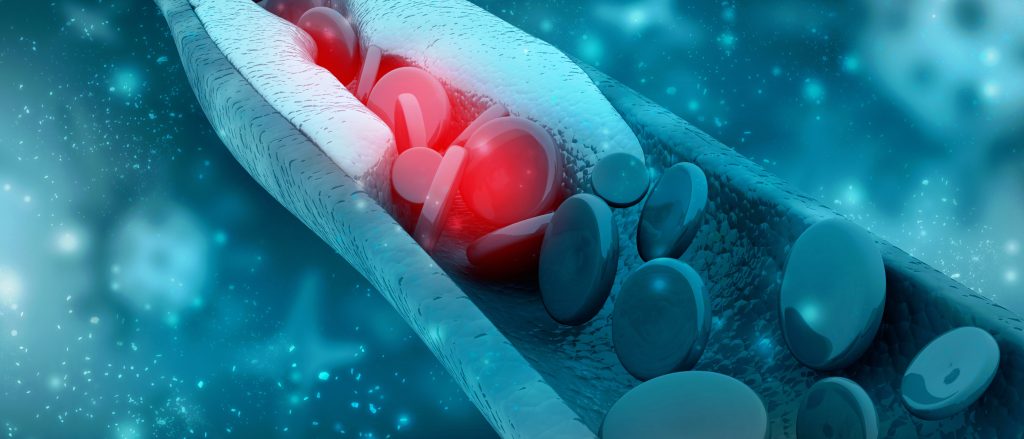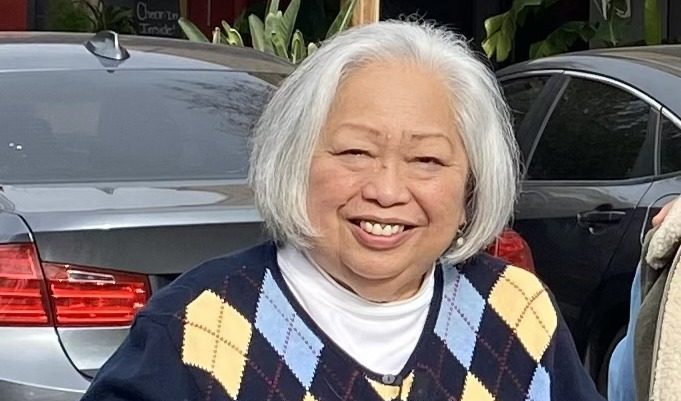Pictured: Medical Assistant Dakota Burr (left) stands with Sutter OB-GYN Dr. Natasha Kahl (right)
By Jennifer Modenessi, Vitals contributor
It was supposed to be a routine appointment. But Dakota Burr, a medical assistant at Sutter Medical Group of the Redwoods, immediately knew that something was wrong.
The first thing she noticed was the patient’s demeanor. “When I went to open the door to place her in a room, her posture was very sluggish,” Burr recalls. “She didn’t have the energy to lift up her head.”
The patient, a Type 1 diabetic who was 38 weeks pregnant, was pale and breathing rapidly. Burr, herself a Type 1 diabetic since childhood, quickly asked the patient about her diabetes management. That’s when she smelled the distinctive scent of ketones, a buildup of acid in the blood that can be detected on the breath of someone experiencing diabetic ketoacidosis. The condition is prompted by high blood sugar and low insulin levels, and it is life-threatening if not immediately treated.
First-Hand Knowledge
Having experienced diabetic ketoacidosis herself, Burr recognized that the expectant mother was in danger. A check of the patient’s oxygen levels confirmed her suspicions, and the medical assistant calmly informed the patient that she was going to get the doctor. Burr’s quick thinking and swift action ultimately helped save two lives that day, but it was her ability to place herself in the patient’s shoes that made all the difference.
“I’ve experienced diabetic ketoacidosis and been depleted of all energy,” Burr says. “I understand why she didn’t want to lift her head. She was so sick.”
Dr. Natasha Kahl, the patient’s doctor and the director of high-risk obstetrics and chair of OB-GYN and pediatrics at Sutter Santa Rosa Regional Hospital, has seen many diabetic patients over the years. But this case was different. “This was a once-in-a-career event,” Dr. Kahl recalls.
Dr. Kahl was seeing another patient when Burr knocked on the examining room door. “[Dakota] was telling me everything she knew as I was opening the patient’s door,” Dr. Kahl says. “It was the combination of what she was saying to me and my immediate visualization of the patient that prompted me to tell her to call 9-1-1.”
Skilled Teamwork
Even when she received a bit of pushback from emergency dispatch, Burr kept her composure, stressing that an emergency response was crucial and that the patient needed oxygen. Dr. Kahl and Burr asked the patient questions while listening to her lungs, and Burr grabbed an ultrasound machine to monitor the baby’s heart.
The teamwork paid off. After arriving at Sutter Santa Rosa Regional Hospital, the patient underwent an emergency C-section and was admitted into the ICU. Her baby was transported to the NICU at Sutter’s California Pacific Medical Center in San Francisco and today both baby and mom are alive and well.
Reflecting on the experience, Dr. Kahl praised Burr for swift and decisive actions that saved precious time during an extreme situation. “The patient was visibly critically ill, and [Dakota] recognized that,” Dr. Kahl says. “That is not every medical assistant that I have worked with.”
Burr is just grateful that both patient and baby are OK. “I was just doing my job,” Burr says, explaining that her experience at Sutter Health and within the medical field – including in an endocrinology department – prepared her for exactly this type of situation. “I was doing what I was trained to do.”

